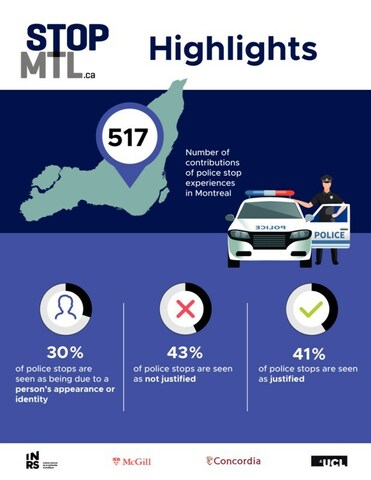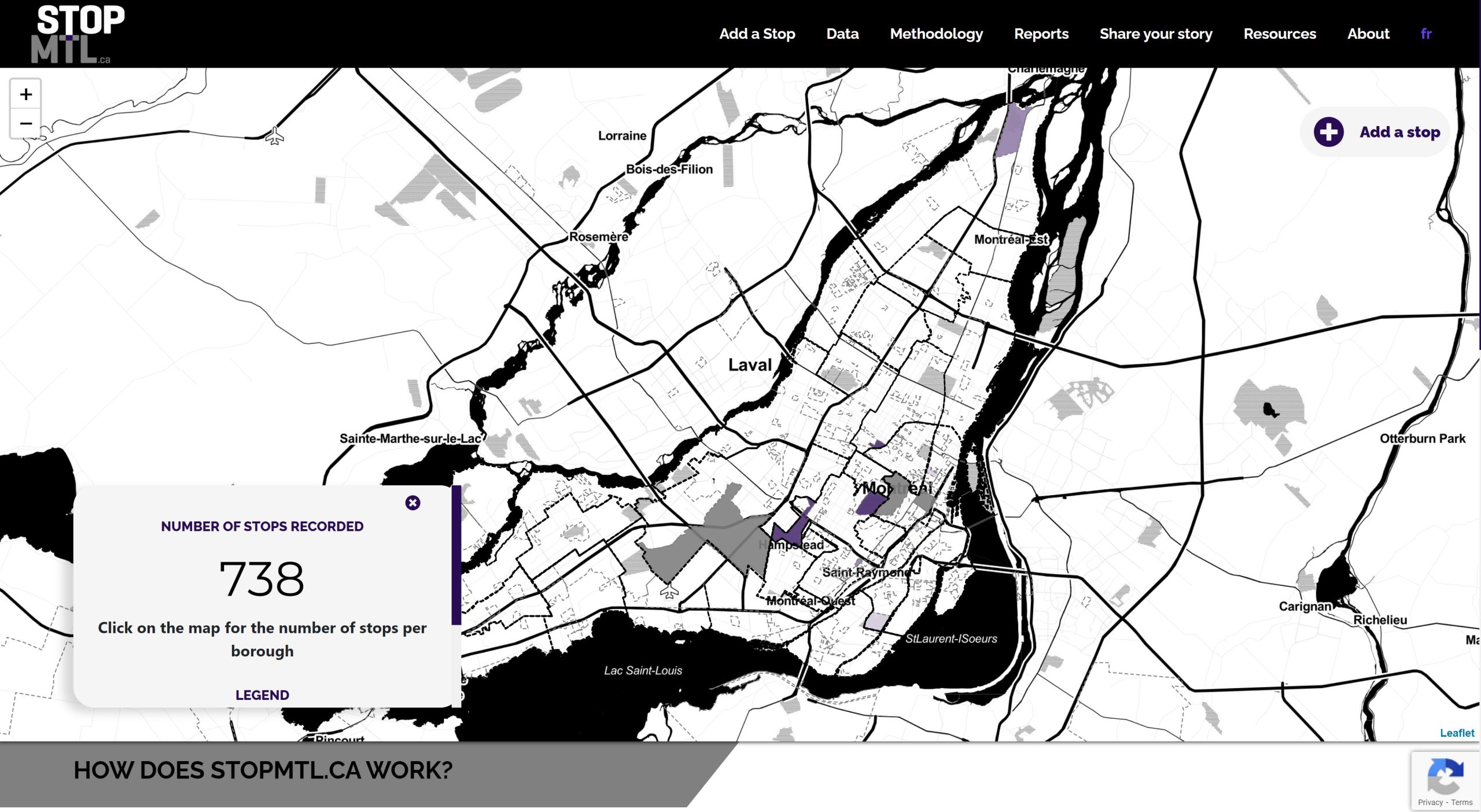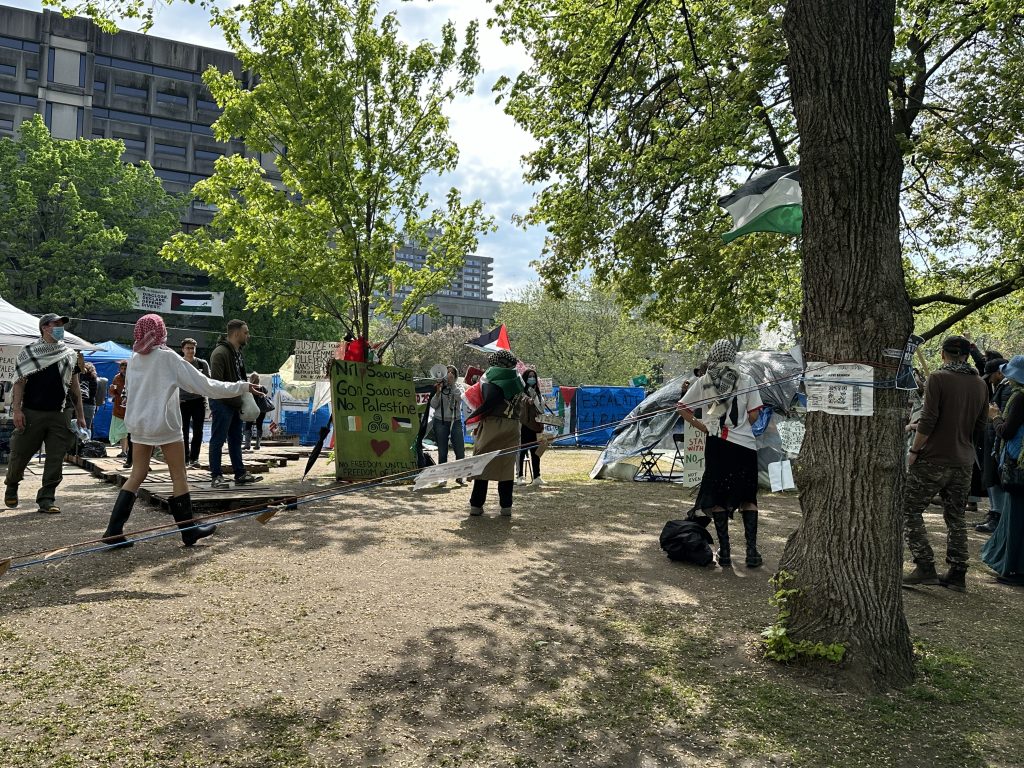30% of Montreal drivers say appearance, identity led to police stops: self-reporting tool
Posted May 7, 2023 2:26 pm.
Last Updated May 8, 2023 12:28 pm.
Many Montrealers feel they are being stopped by police because of how they look.
That’s according to public-submitted data from an interactive map showing who police stop and where it happens most.
In the nearly two years since launching, STOPMTL.ca – which relies on self-reporting – received information from 738 Montrealers.
“There are 43 per cent of people who thought that their stop was not justified,” said Carolyn Côté-Lussier, the project’s lead researcher. “And this is certainly problematic to suggest that these people feel that potentially their stop was discriminatory or wasn’t justified from their perspective.”
In 30 per cent of the stops reported, drivers believed their identity or their appearance led to their police stop, which could suggest social and racial profiling.
Most police stops reported to the project were in the boroughs of Côte-des-Neiges–Notre-Dame-de-Grâce and Ville-Marie.
“There’s no other data that exists that we could have that allows us to see what are people seeing in their neighbourhood, what are they seeing in their communities,” said Côté-Lussier.
“We need data to just better understand what’s happening in our city.”
An independent report commissioned by the SPVM in 2019 showed that Montreal police disproportionately targeted Black, Arab and Indigenous young adults during stops.
Black people, for instance, were being stopped and accused of criminal infractions in 20 per cent of street checks despite making up less than 10 per cent of the city’s population.
“With our own data, we’re seeing the same overrepresentation,” said Côté-Lussier.
Fo Niemi, the executive director of the Center for Research-Action on Race Relations (CRARR), believes the data will help Montreal police.
“That can help them possibly at the local level, especially in those locations where there are more disproportionate stops of Black male car drivers to maybe review their practices and also be more careful in terms of who they stop and how they make the stops in order to avoid charges of bias policing and racial profiling, particularly towards the Black male car drivers,” said Niemi.

Highlights of first report from STOPMTL.ca. (Source: Carolyn Côté-Lussier/CNW Group/Institut National de la recherche scientifique)
The online tool allows users aged 15 and over to anonymously input the location and context of the police stop, and specify their age, gender or ethnic group.
“By allowing people to share their experiences, by making the data publicly available, we’re hoping that this increases citizen participation in municipal decision making,” said Côté-Lussier. “But also, we’re hoping that it allows community organizations to have the data to support what they’re saying they see in their communities.”
Interactive map of self-reported police stops available here.
More data gathered from two years of self-reports:
- 74% of drivers were men
- 55% identified as white; 17% identified as Black; 24% identified with another racialized identity; 1% identified as Indigenous
- 70% identify as heterosexual; 18% as 2SLGBTQ+
- 27% of those stopped were between the ages of 19 and 24




